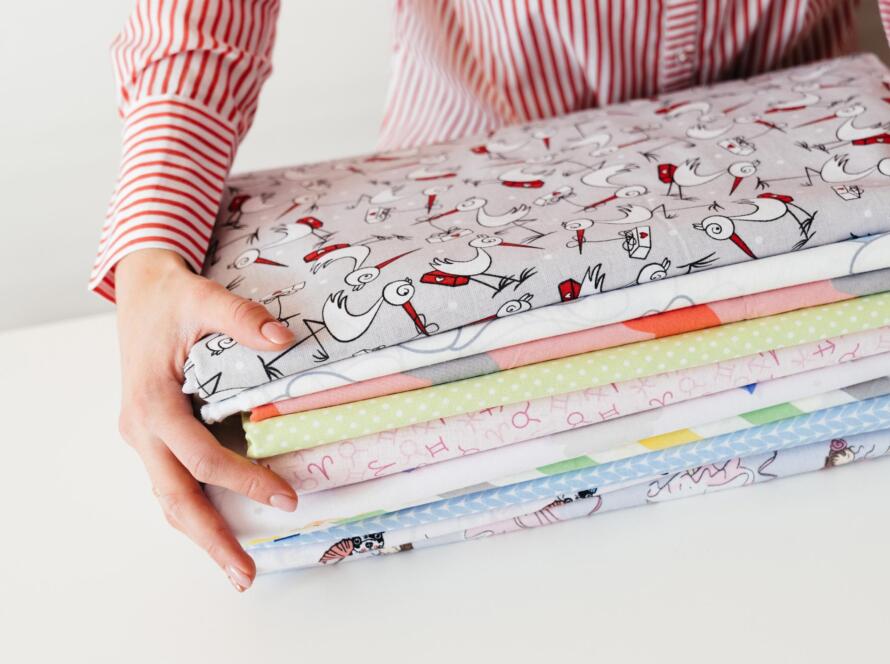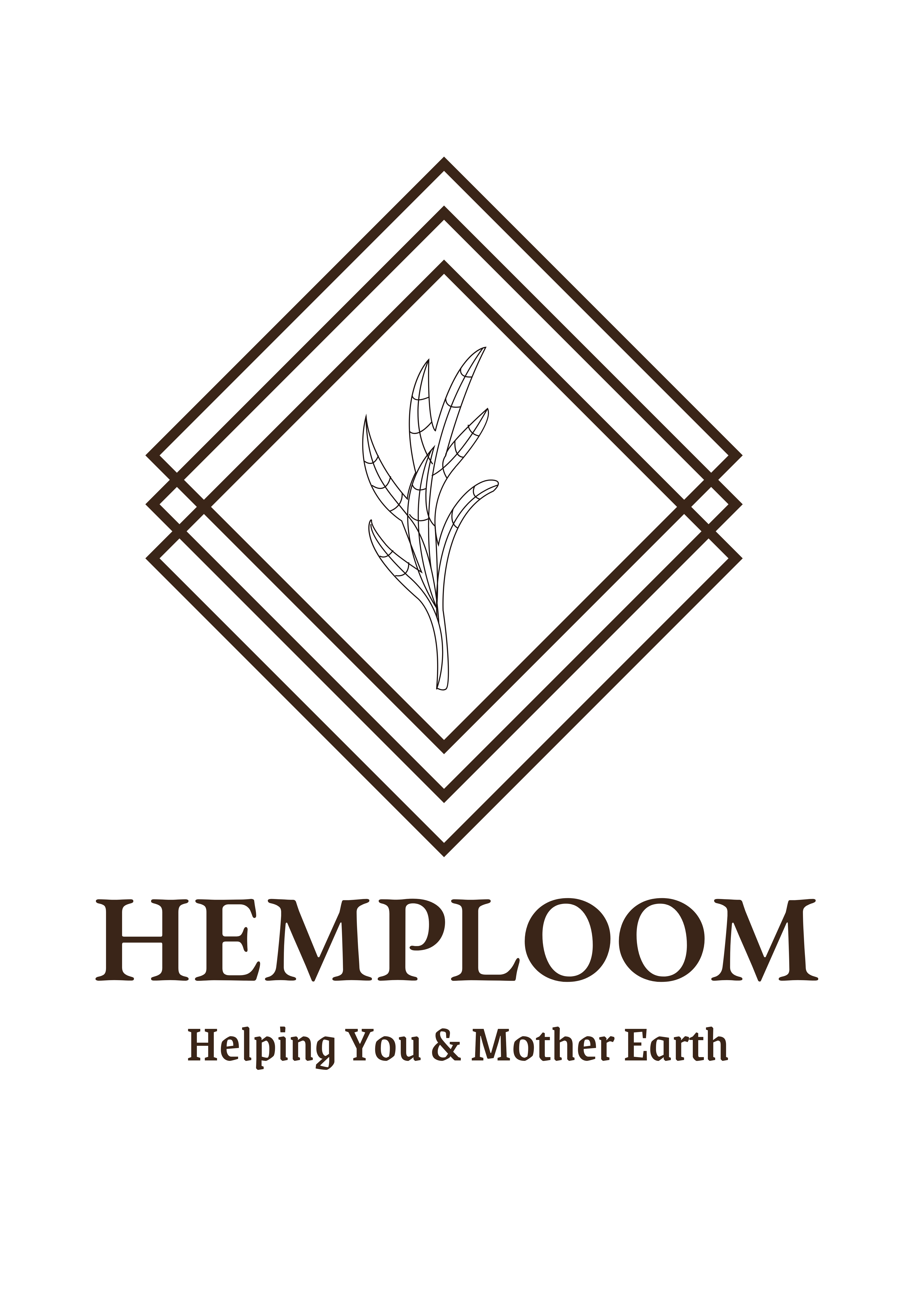Introduction
The fashion industry’s environmental impact has triggered a shift towards sustainable alternatives, with hemp textile emerging as a frontrunner. This blog highlights the significance of sustainable hemp textile and its role in promoting responsible fashion.
- Hemp: Nature’s Eco-Friendly Fiber
Hemp is a versatile plant that requires minimal water, pesticides, and fertilizers to grow, making it a sustainable and eco-friendly choice. Its fibers are strong, durable, and breathable, making hemp textile an ideal option for clothing that lasts longer and reduces the need for frequent replacements.
- Reduced Environmental Footprint
Compared to conventional textiles like cotton, hemp cultivation has a significantly lower environmental impact. It absorbs more carbon dioxide, enriches the soil, and requires less land and water. By embracing hemp textile, we can contribute to a greener fashion industry that conserves resources and minimizes pollution.
- Ethical Production and Fair Trade
Sustainable hemp textile promotes ethical production practices and fair trade principles. When choosing hemp clothing, look for brands that prioritize transparency and provide fair wages and safe working conditions for their workers. Supporting these brands ensures a more sustainable and socially responsible fashion ecosystem.
- Versatility and Style
Hemp textile offers versatility and style with its natural aesthetic and durability. It can be blended with other fibers like organic cotton or recycled polyester to create innovative and fashionable designs. By incorporating hemp into our wardrobes, we embrace a unique and eco-conscious style.
- Supporting a Circular Economy
Hemp textile aligns with the principles of a circular economy by promoting recycling and upcycling. Hemp fibers can be recycled and transformed into new garments, reducing waste and conserving resources. Choosing hemp clothing encourages a shift towards a more circular fashion system.
Conclusion
Sustainable hemp textile presents a promising solution for the fashion industry’s sustainability challenges. By opting for hemp clothing, we support responsible fashion practices, reduce our environmental footprint, and contribute to a circular economy. Let us embrace the natural beauty, versatility, and eco-friendliness of hemp textile, and pave the way for a more sustainable and stylish future.




